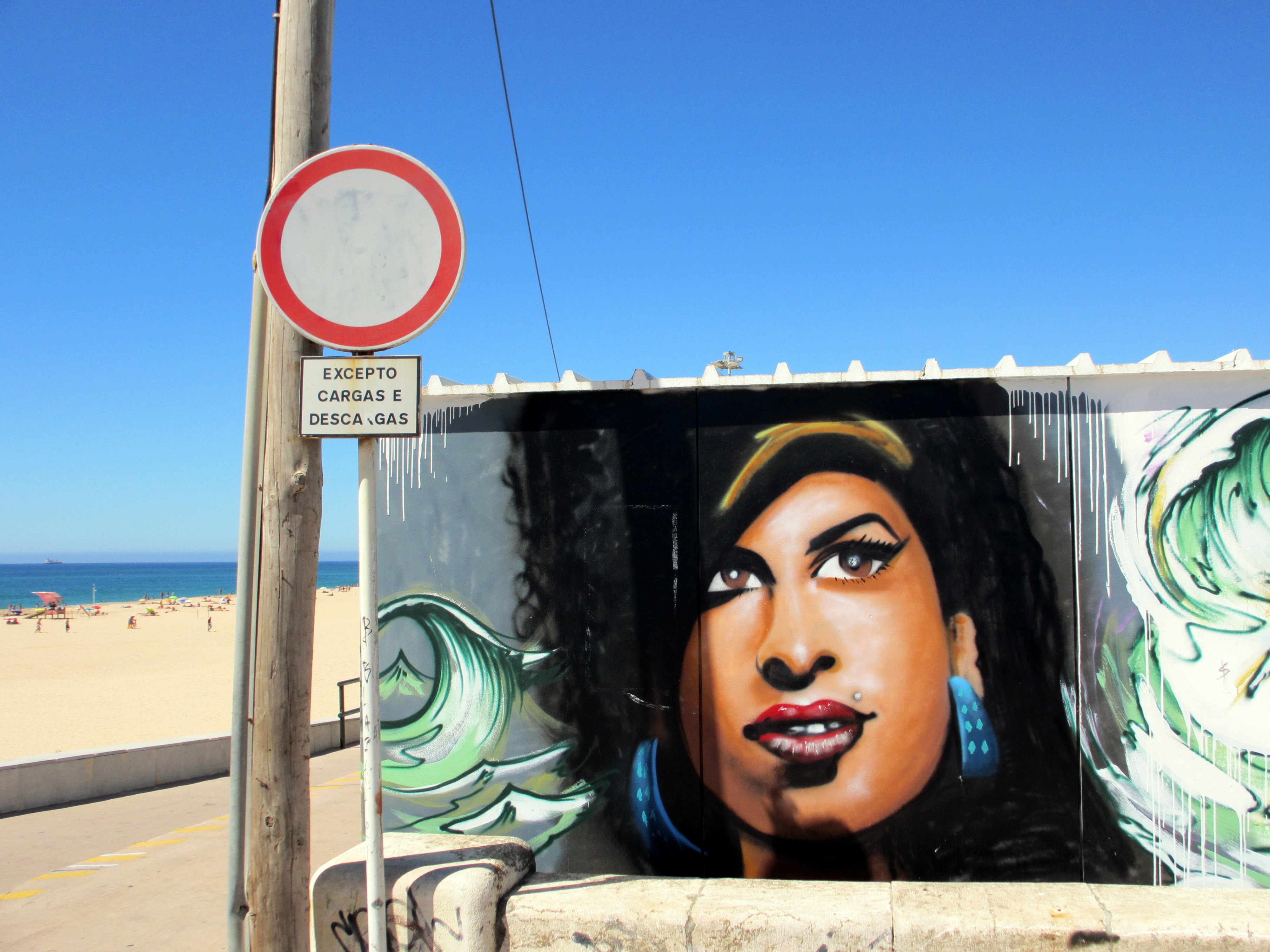January 29, 2019
After simply forgetting to do it for so long, attentiveness being a consequence of my event, I finally requested the medical files from the hospital to which I was rushed by ambulance after my sudden cardiac arrest. I’ve been very curious to know what information I might find in these records, that might fill in the gaps. The cost of 50 pages of records and mostly lab test results was only $37.50 and the time it took to complete the online form. Here’s the exciting stuff I learned:
1. When I arrived at the Emergency Room, I was “writhing” with all four limbs moving but was “unresponsive to commands”. That pretty much describes me on a good day, according to my wife. My score on the modified Glasgow Coma Scale (GCS) was 8 out of 15, indicating potentially severe brain injury, so I was sedated, paralyzed and intubated, and the therapeutic cooling process initiated. My wife reacts less dramatically to my not responding to her commands, thankfully.
2. Because of the GCS score, a cerebral CAT scan was ordered, while I was comatose, to assess whether I’d had a seizure, concussion or anoxia (no oxygen to the brain’s cells). While the CAT scan largely ruled out these concerns, the radiologist did observe a “focal hypodensity in the left frontal corona radiata” indicative of a “subcortical ischemia” (or mini-stroke). Wait what?
3. Upon admission to the ER, my heart rate was 80 beats per minute (not bad, given the circumstances) but with “runs of PVCs” (not good). I was given amiodarone, a very powerful anti-arrhythmia drug that some on this site know all too well. My left ventricular ejection fraction or LVEF was over 50% — that’s the percentage of blood in the ventricle that’s pumped out with each beat. 55% to 70% is a normal ejection fraction.
4. The official reason for my admission to the ER was “a witnessed VF arrest”. A subsequent echocardiogram, again while I was comatose, found no evidence of an acute myocardial infarction. My heart looked good and undamaged and, to my relief, with no focal hypodensities. My LVEF was over 60% at the time of this test, so it improved since admission to the ER.
5. My blood type is A positive, like that of about one-third of people with my genetic background. This information was worth the $37.50, seeing as my only other hospital stay was for pneumonia 57 years ago, when I was 8 years old, and I’ve never known my blood type. Now I know. I also found out that there wasn’t any ecstasy, methadone, opiates, benzodiazepine, tricyclics, barbiturates, amphetamine, oxycodone, methamphetamine, cocaine, cannabis or ethanol in my bloodstream at the time of my arrest. Phew, I might have been disqualified from the race I was running!
6. An angiogram in hospital found my left anterior descending artery (LAD) 90% blocked but my other cardiac arteries just peachy. In no condition to make decisions, I chose minimally-invasive beating-heart bypass surgery over sternum-cracking heart-stopped on-pump bypass surgery. In his notes, the surgeon reported I had a long chest so he had to revise his original surgical plan. He had drawn a felt-pen line down the middle of my chest to indicate where he’d make his first cut if his original surgical plan didn’t work. Fortunately, it went well and I only lost 100ml of blood – less than a third of a can of Coke – and required no “blood products”.
The medical files didn’t report everything but they certainly brought back memories. The files don’t mention how I felt the day I was brought out of the coma and was sealed in my hospital room watching the fire trucks pull in front of the hospital from my 5th floor window or my state of mind when shaving my legs, using red germicidal soap, in the event the surgeon needed to harvest a vein from my legs for the bypass surgery the following day. Curiously, the notes didn’t mention my 1 a.m. interaction with the nurses’ aide, when I made my way through the dark ward to the nursing station to ask them to quiet down because the other CICU patients were trying to sleep; she told me to put my earplugs back in and go to bed.
And the notes didn’t mention the nurse who stroked my head in the night, just hours after heart surgery, as I cried out in pain, and who finally injected something into the base of my neck that stopped it – I never had a chance to thank her – or the unit’s social worker who consoled me as I wept because I couldn’t walk up a flight of stairs yet wanted desperately to run again or my peeing in the mop closet sink in the ICU, after my catheter was removed, because the washroom was too far down the hall to walk or whoever cut and styled my pubic hair to look like Popeye’s Olive Oyl.
Much is missing in the hospital medical files, just as much is missing in my memory about how I got to be at that hospital in the first place. While it’s surprising how clear and vivid my memories are of my stay in the hospital, I’m okay with not remembering anything about the sudden cardiac arrest itself. As the emotions of this time of my life fade, I really don’t need to know more than what I do now.
